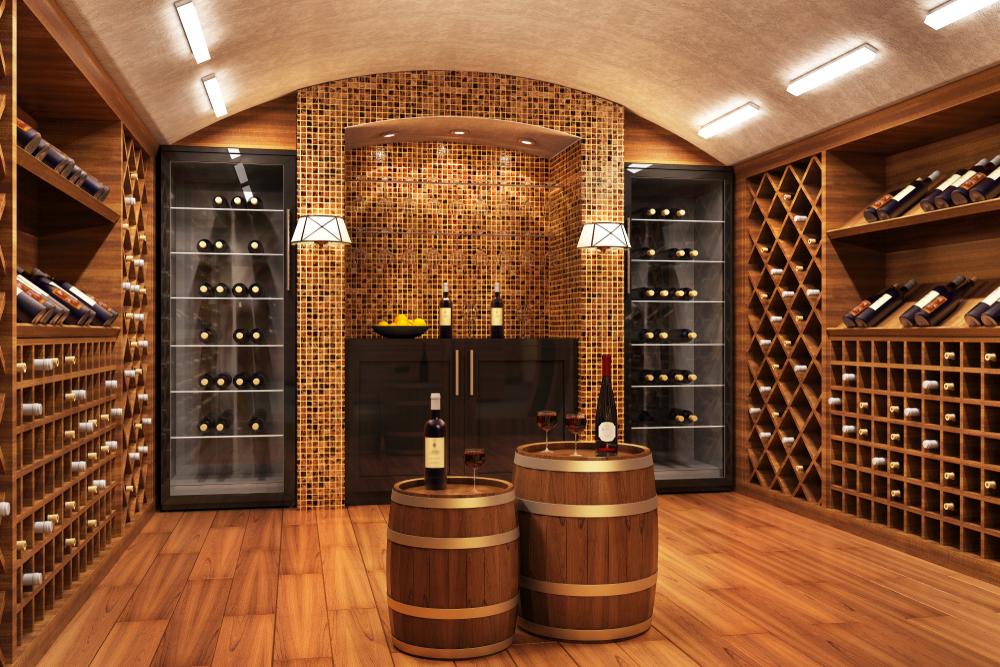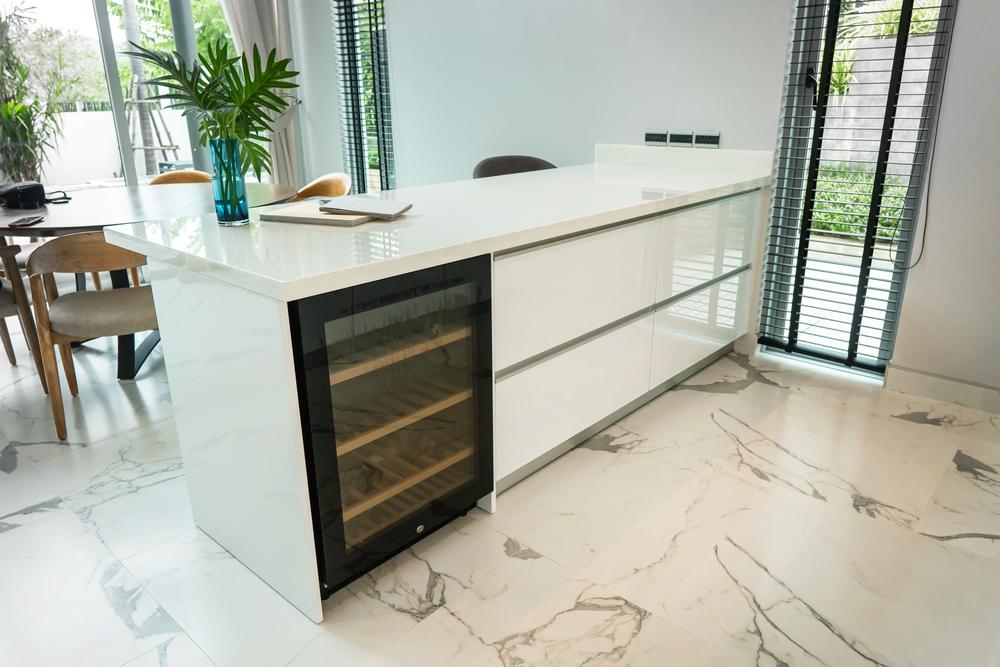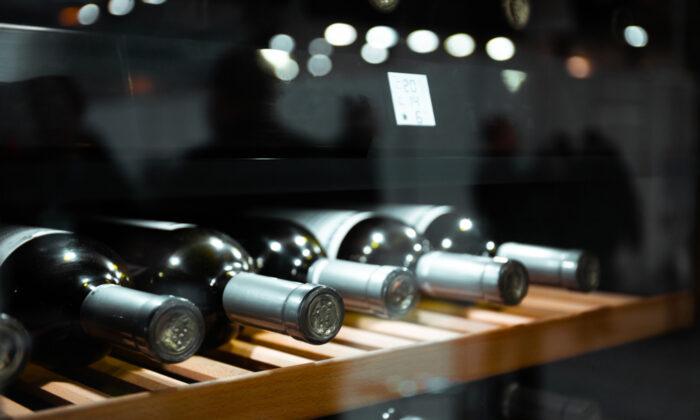Creating and curating a wine collection is serious business for oenophiles. Sir Robert Scott Caywood may have summed it up best, “Compromises are for relationships, not wine.” This raises two questions: Why do I need to protect my wines and what’s the best way to do so?
Acquiring a 1947 Cheval-Blanc is only the first step. Until you’re ready to enjoy it, wine needs to be coddled. Stored properly, a bottle of wine can be handed down in perfect condition from generation to generation. Keep in mind that the most convenient place to keep wine may not be the best choice for long-term storage. Step one is storing it in a dark place, because UV exposure can affect the flavor. Additionally, you need to ensure that the area is subject to minimal or no vibration, which might prove to be a challenge in earthquake-prone areas such as California.

Next, the sediments in the bottles need to remain as undisturbed as possible in order to allow for proper aging. This means there’s to be no excessive movement or handling of the bottles and making every effort to eliminate—or at least mitigate—vibrations. Other than Mother Earth, common vibration sources to be avoided include refrigerators, speakers for TV and audio sound systems, stairs above or adjacent to the storage system, free weights, trampolines, and other equipment in a home gym, as well as clothes washers and dryers.

It’s critical to keep the corks moist in order to prevent them from drying out, meaning that the bottles must be stored horizontally. The humidity and temperature of the storage area are other factors to be addressed. A proper wine cellar or a wine refrigerator will address these concerns, leaving you free to anticipate the marvelous moment when you open and enjoy the wine. Another positive of a dedicated storage system is how it allows you to organize wines by region or vineyard or by any other category that allows you to keep track of them.
Wine storage options range from relatively simple in the form of a wine refrigerator to a full-blown wine cellar. The size of the collection, as well as budgets and space limitations, will play important roles in determining what’s best for you.

Wine refrigerators, also known as wine coolers, differ from regular refrigerators in several important ways that matter when it comes to storing fine wines. A wine refrigerator can be set to maintain a specific storage temperature between 45 degrees Fahrenheit and 65 degrees F, unlike the 40 degrees F or lower temperatures in a kitchen refrigerator.
As noted above, vibration can ruin a good wine by stirring up the sediments, and most regular refrigerators vibrate at a noticeable level. Accordingly, compressors used on quality wine coolers or refrigerators utilize a damping system to minimize vibration.
A wine refrigerator also maintains the proper humidity levels needed to ensure that corks don’t become dry. A regular food refrigerator is engineered to actively minimize humidity, which is why wines shouldn’t be stored in them for more than just a few days. Wine refrigerators are available in sizes ranging from the size of a dormitory refrigerator to vast wall-mounted systems. When shopping, look for a dual-zone system that can accommodate the needs of varying wines.
A wine cellar is another option, and as is the case with a specialized refrigerator, sizes range from a closet up to commodious sub-surface caverns. Many firms sell and install closet cellars, which repurpose a closet, walk-in closet, or even a garage. These are the way to go when equipping a condominium unit with a storage system. Do-it-yourselfers can create their own as well, with all of the required equipment and materials being readily available.
The key factors to consider include avoiding vibration and UV exposure. A cellar is the ultimate choice for oenophiles, as it keeps the wines away from regularly-trafficked, vibration-prone areas and allows the lighting to be kept to a level just sufficient to read labels. The fact that it provides a seriously cool home upgrade can’t be overlooked, either.
Your budget will play a large role in the decision to create a cavern, along with your geographic location. If the home has a basement, the costs will be limited to the equipment needed to build the storage system. If there’s no sub-level, you’ll need contractors to build a cellar, obtaining all of the permits required by the local municipality for what can become a seriously expensive undertaking. If the property is located in South Florida, where water is routinely encountered a foot under the soil, or in an area of dense, rocky soil, the cost and difficulty of creating a cellar may result in a decision to opt for a wine refrigerator.
Regardless of which direction you take, you’ll have created an oasis of tranquility for your wines, where they can age gracefully, improving with time.






